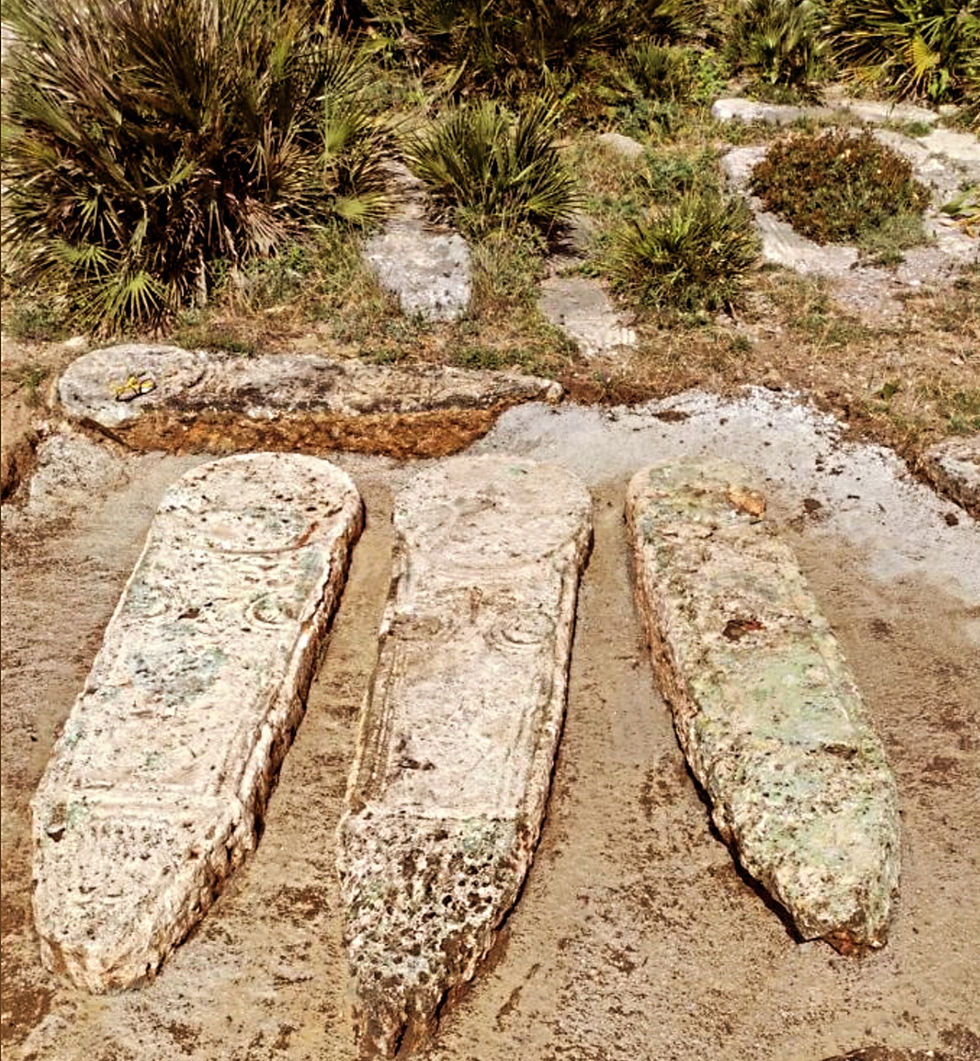Tetuan: past, present and future
- Jacob Marrache
- Feb 10, 2024
- 3 min read
Tetuan in northern Morocco is situated about 40 km south of the Strait of Gibraltar. At the end of the 15th Century, Jewish and Muslim refugees who were expelled from Spain by the Catholic Kings came to settle there, the Jews nicknamed it "Pequeña Jerusalén". The city went through a prosperous period of growth in various fields and became a center for the reception of Andalusian culture.
The community was formally organized in about 1530 when Rabbi Haim Bibas was called upon from Fes to lead them. They were known as megorashim, the expelled, as opposed to indigenous Jews of Morocco known as toshabim. They were a community apart, as other communities spoke Moroccan-Arabic or Tamazight. Tetuani Jews spoke old Spanish and Hebrew which eventually developed into a unique language called Haketia.
Tetuan's prominence extended to the 17th and 18th centuries, becoming Morocco's diplomatic capital with the largest harbor. The presence of consulates from European nations offered employment opportunities for the local Jews, as well as foreign protection in order to escape the status of a “Dhimmi”, as under Muslim law, Jews, were a protected minority who had to pay the “Jizya” tax. However, they were excluded from certain activities. In the 16th and 17th Centuries some of the leading Jewish families were involved in the ransoming of Christian slaves, an industry they shared with the Muslims.
They resided in a separate quarter known as the Juderia. The original Juderia was situated in the north east. However, in 1807, the Sultan ordered the Jews to move to a new quarter in the south to accommodate the construction of a new Mosque. At its peak between the 19th and 20th Centuries the Juderia was inhabited by about 5000 Jews, had sixteen synagogues, five Yeshibot, four schools, and three Mikvehs, only two synagogues, namely Yagdil Torah and that of Rabbi Isaac Bengualid, remain and can be visited. Some streets in the Juderia still bear Jewish names, such as Bentolila, Bentata, Bengualid, and others echoing the community's past.
Tetuan played a pivotal role as the mother community in the region, producing numerous rabbis, Hahamim, Kabbalists, and judges giving rise to communities in Tangier, Assilah, Larache, Alcazarquivir, Chefchaouen and even extending to Ceuta, Melilla, and Gibraltar. In 1713 Tetuani Jews began trading with Gibraltar and soon established a community there, becoming the first Moroccan Jewish diaspora. Some prosperous traders had connections to European countries as well as with the Spanish & Portuguese Jewish communities of London, Amsterdam and Livorno.
In 1790, Sultan Moulay Yazid ordered the pillaging of the Juderia which led to the rape of many Jewish women. Subsequently the migration to Gibraltar rose, and again during the Spanish occupation of Tetuan in 1859–62. The establishment of the first Alliance Israélite Universelle school in 1862, marked a significant educational milestone which facilitated improved opportunities for the youth.
Unfavorable economic conditions caused a considerable number of Jews to emigrate during the latter half of the 19th Century primarily to Algeria, Spain, Portugal, Gibraltar, Tangier, and the Americas. Consequently, the community experienced a steady decline, up to the 1960s when thousands left for Israel, only about ten Jewish residents remained. Between 1913 to 1956 Tetuan came under the colonial Spanish Protectorate.
The Jewish cemetery of Tetuan, known as 'Castilla,' is one of the largest in Morocco with thousands of Anthropomorphic tombstones. The Tetuani Jewish diaspora gather once a year on Purim to celebrate the Hilloula of Rabbi Isaac Bengualid, the most famous spiritual leader in the community's history. Recent restoration efforts led by the community’s President, Mr. Alberto Hayon, aims to encourage more Jews to visit, reinforcing the community's cultural heritage. The community holds historical significance and has contributed to the city's cultural mosaic. Through their language, distinct quarter, and economic activities, they have left an indelible mark on the city's history and their legacy remains alive in Tetuan.
By Jacob Marrache







Comments